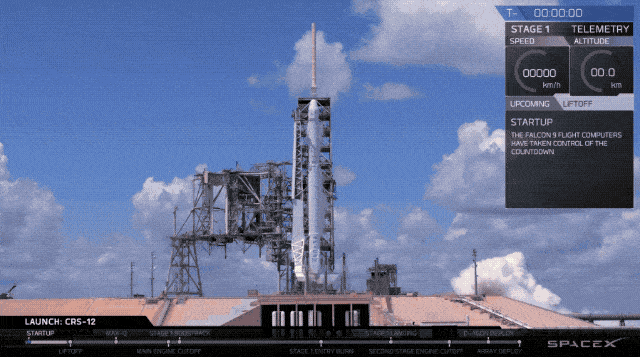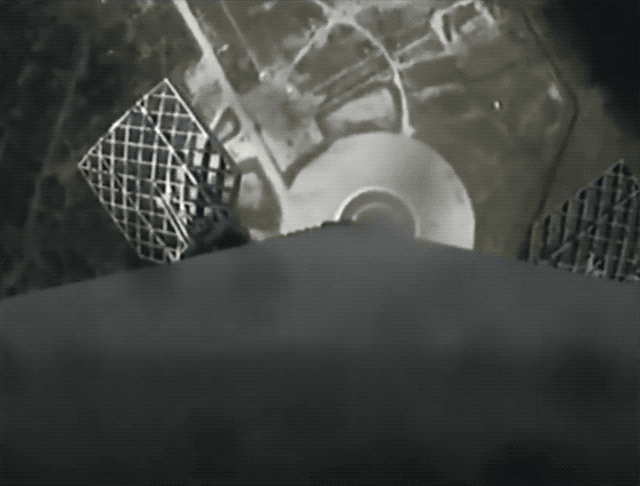SpaceX has successfully launched yet another rocket, this one carrying a Dragon capsule loaded with over 6,400 pounds of cargo destined for the International Space Station. That makes an even dozen for ISS resupply missions launched by SpaceX under contract to NASA, and this is the most significant thus far in terms of potential scientific impact.
CRS-12’s payload was over 75 percent committed to hauling equipment and material for experiments and scientific research, which is more than on any other previous mission. Typically, the Dragon is loaded down with a greater percentage of supplies for the astronauts on board ISS, but this was intended more to set the stage for a range of experiments to be conducted by researchers on board the ISS during this year and in 2018. There’s even an AR system on board designed to help astronauts improve their general efficiency.
The rocket successfully launched from NASA’s Kennedy Space Center at 12:31 PM EDT, and Dragon deployed from the second stage as planned. Dragon will rendezvous with the ISS on August 16 for capture by the station’s Canadarm 2 robotic appendage, after which it’ll be attached to the rocket. After roughly a month, it’ll return to Earth after leaving the ISS with around 3,000 pounds of returned cargo on board, and splash down in the Pacific Ocean for recovery.
There’s another reason this launch was significant, aside from its experimental payload (which included a supercomputer designed to help humans travel to Mars): SpaceX will only use re-used Dragon capsules for all future CRS missions, the company has announced, meaning this is the last time a brand new Dragon will be used to resupply the ISS, if all goes to plan.
Today’s launch also included an attempt to recover the Falcon 9 first stage for re-use at SpaceX’s land-based LZ-1 landing pad. The Falcon 9 first stage returned to Earth as planned, and touched down at Cape Canaveral roughly 9 minutes after launch.

